The ZEN Factory
By Paul Richardson, VIMS Marine Biodiversity Lab Manager
As Emmett’s lab manager in the Marine Biodiversity Lab at VIMS for the past 10 years there’s rarely been a dull moment. There is such an eclectic range of duties with this job that sometimes it’s hard to know what will come next. One day I may be driving a research vessel to field sites were we snorkel to collect samples in the Chesapeake Bay, the next I’m doing data analysis, or building materials for a mesocosm or field experiment, talking to a high school marine biology class, ordering lab supplies, or explaining to the woman at Wal-Mart that I really am buying all of their lingerie bags and knee high, queen sized, reinforced toe stockings for the purpose of science! The Zostera Experimental Network (ZEN) project has added yet more varied activities to the list. Never before have we conducted such an expansive project coordinating with 14 other research groups from around the States and the world!
First I have to say that none of this would have been possible without the hard work of the crew: volunteers Kara Gadeken, Megan Gyoerkoe, Jack Hawkins, and John Ray; our REU intern Akela Kuwahara and others; and the VIMS crew of Emmett Duffy, Pamela Reynolds, Erin Ferer, Jon Lefcheck, Nathan Bowman, and Elizabeth Bush. Marine ecology is a team sport and this crew knows how to play the game. Thanks! Also, I’m amazed to learn that it appears that all of the ZEN partners not only attempted but finished their experiments as well. As a first step, last winter we held a conference where representatives from all of the groups met in Williamsburg, VA to hash out a plan for the project. At this very productive meeting, it was great to meet all of the partners and certainly it was crucial to the success of the project. With Jim Grace’s seminars on structural equation modeling, Jim Thomas’ amphipod workshop, and all of the work sessions and other activities, the ZEN conference deserves its own dedicated post. As for me, after the meeting I worked with Emmett and Pamela to compute our materials needs, costs, vendors etc. for the network of ZEN experiments while also building on Matt Whalen’s work to formulate an ideal recipe and method for churning out the abundance of deterrent and control blocks that would be needed. I began conducting small field experiments to this end in the fall of 2010. In the spring after more trials we ultimately decided on a final mixture and we started churning them out.
Probably the single most important technique for industrializing the plaster pouring process was the deployment of a gallon sized Ziploc bag with pre-weighed plaster that we could dump into the mixing bowl and then dump back into the bag once mixed. This may sound trivial, but anything that saved a few minutes during the crucial moments before the plaster set was invaluable. Elizabeth pre-weighed the plaster so that we could just add water, mix, pour into a bag and dispense into the molds (urinalysis cups), like the Cake Boss.
In all, we made over 8,000 blocks. We did batches of up to 25 blocks, no more, or the plaster would ‘kick’ and leave a prematurely hardened mess. Even with all wires pre-bent and everything set out and prepped, we had to keep the batches small because each mold had to be tapped many times to remove bubbles and set the wires. On a good day, we could pour 440 blocks, or enough for one of the 15 sites. Unfortunately, mixing blocks was not the only game in town and we rarely achieved this level of production. The blocks had to dry for several days and be carefully removed from their molds, weighed, and then packaged for shipping. On any given day we’d have several hundred blocks drying on shelves scattered about the lab and our offices, a constant reminder of our tight production schedule.
Aside from blocks, we also had to stitch together 1,800 double lined fiberglass window screen nutrient socks. For this we employed two machines, Bessie and Breezy. Bessie is the original Marine Biodiversity Laboratory (MBL) Consew industrial sewing machine, capable of 2500 individual stitches per minute. But, Bessie can be quite temperamental, and temperamental at 2500 stitches per minute can be serious. Breezy, our off the shelf Singer home machine who made a wispy, breezy sound (hence her name), was purchased when Bessie was having an off day. This was Kara’s machine and although Breezy didn’t stitch nearly as fast, she found that steady and slow wins the race; a classic tortoise versus the hare story.
Once stitched, each nutrient sock had to have two grommets installed for the closures. Because of the 3,600 grommets, which everyone, mostly Elizabeth, banged into place, we weren’t very popular with our lab neighbors, or anyone with a headache. However, because of the 3,600 grommets, copious cable ties and plenty of PVC poles purchased for the ZEN initiative, we did become very popular with the local hardware stores. We were just doing our part to stimulate the local economy.
Once we had assembled the 350 lbs of material for each of the partners, we shipped them out. Pamela did an amazing job coordinating with the partners, the shipping companies, brokers, customs agents, and our shipping office to make this happen. It was also nice to have Akela’s beautiful script to fill out the many required forms for shipping internationally. Simultaneously, while doing all of the above, we conducted our ZEN experiment here in Virginia. What am I doing now that the ZEN 2011 experimental field season is over? Today I mended some field gear, drove the boat to our field site, collected data, processed samples back in the lab, and ordered pencils. There’s rarely a dull moment in the VIMS Marine Biodiversity Lab! Photos by: JE Duffy, PL Reynolds, N Bowman

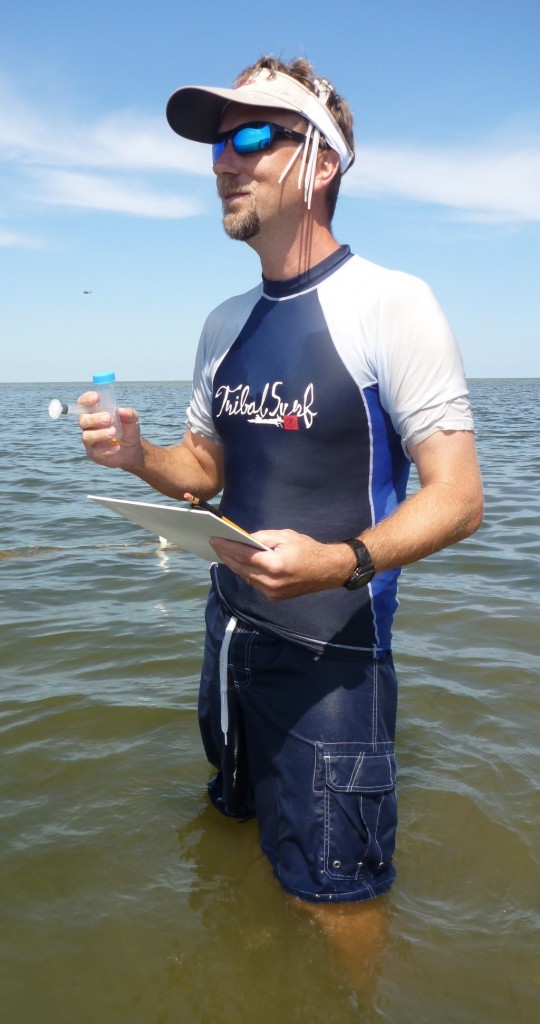
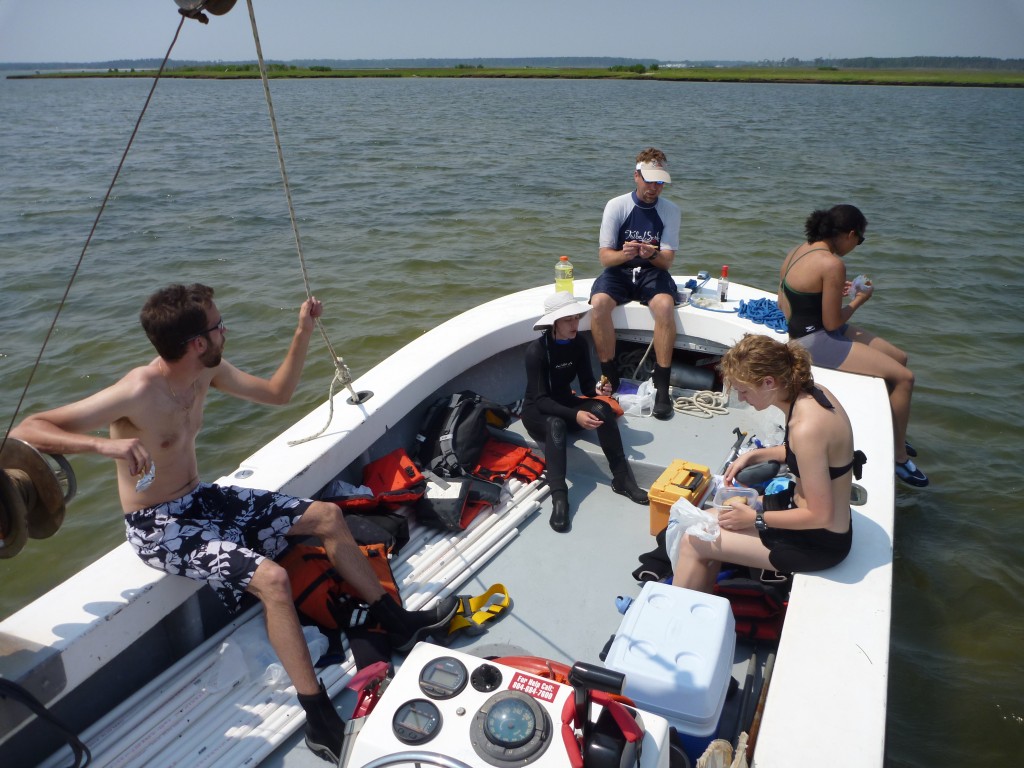
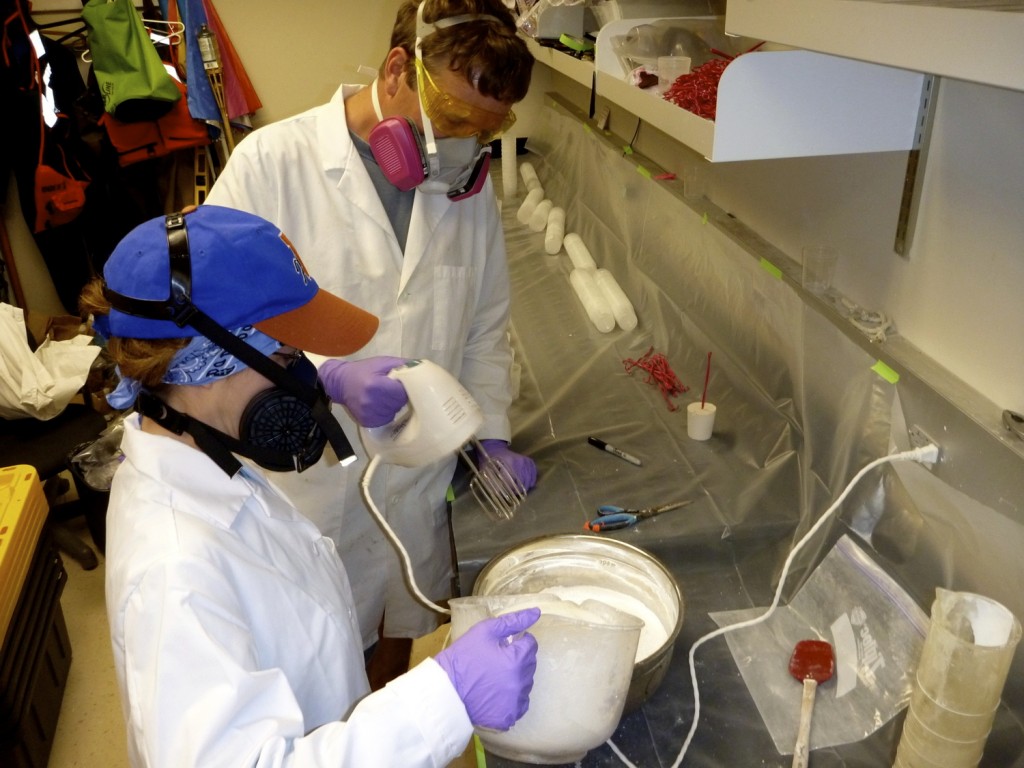
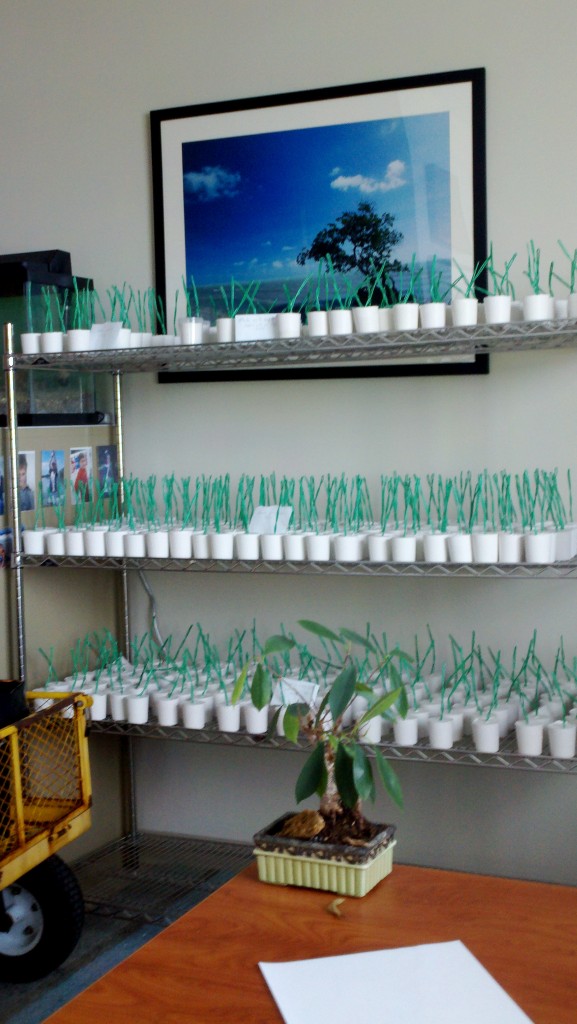
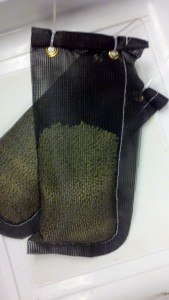
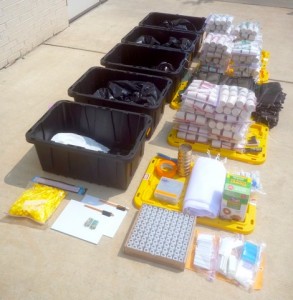

Comments are closed.